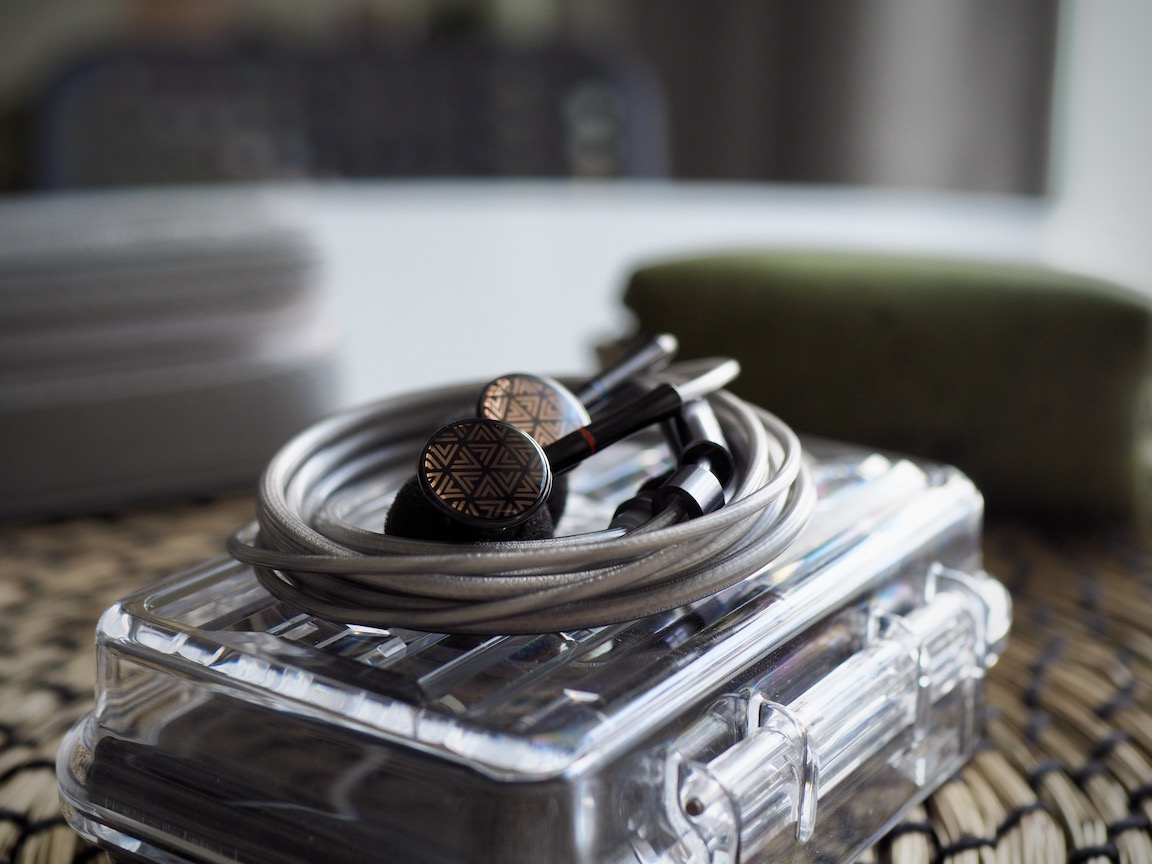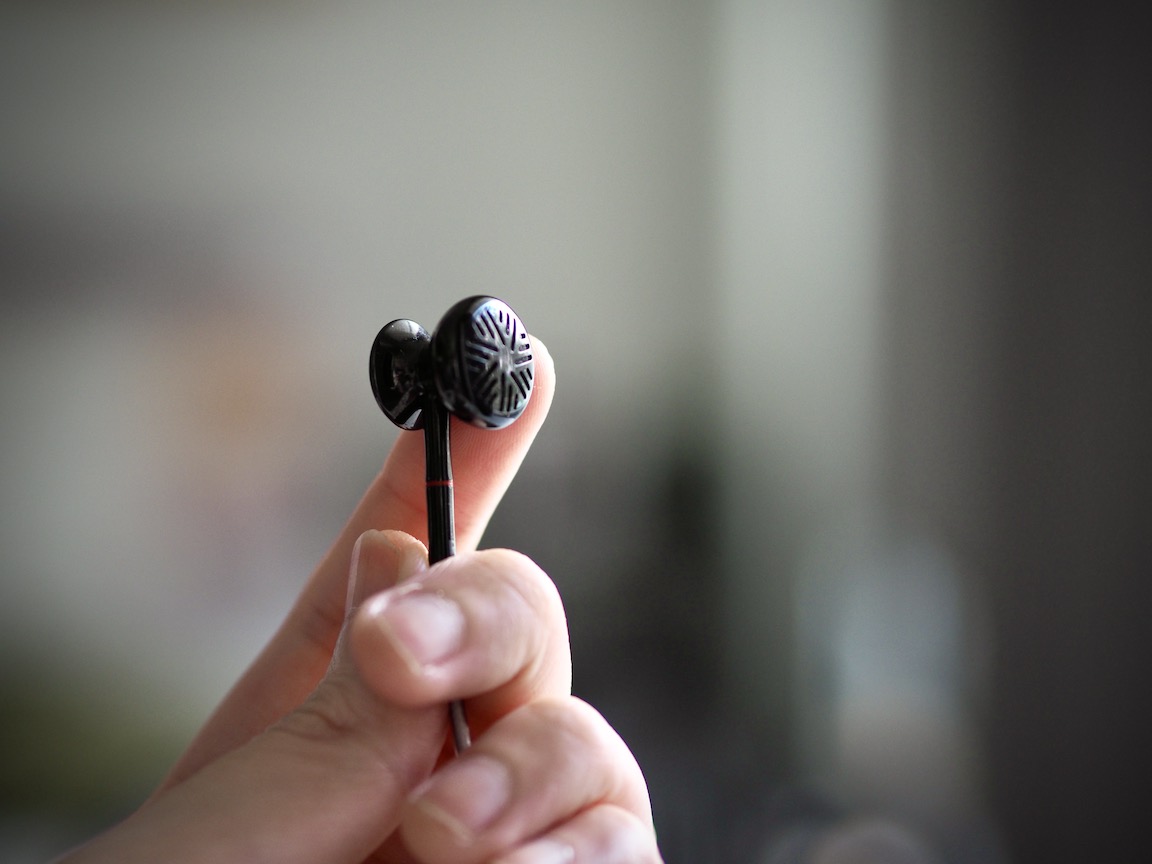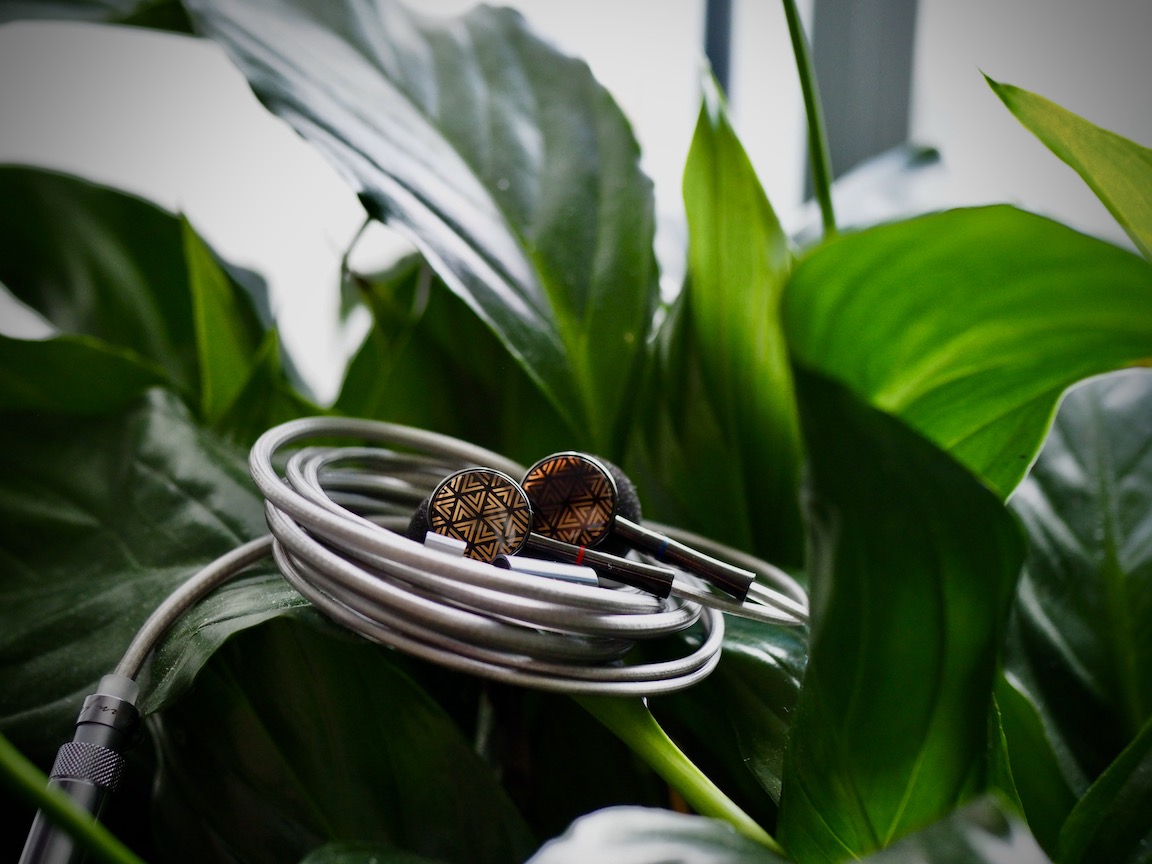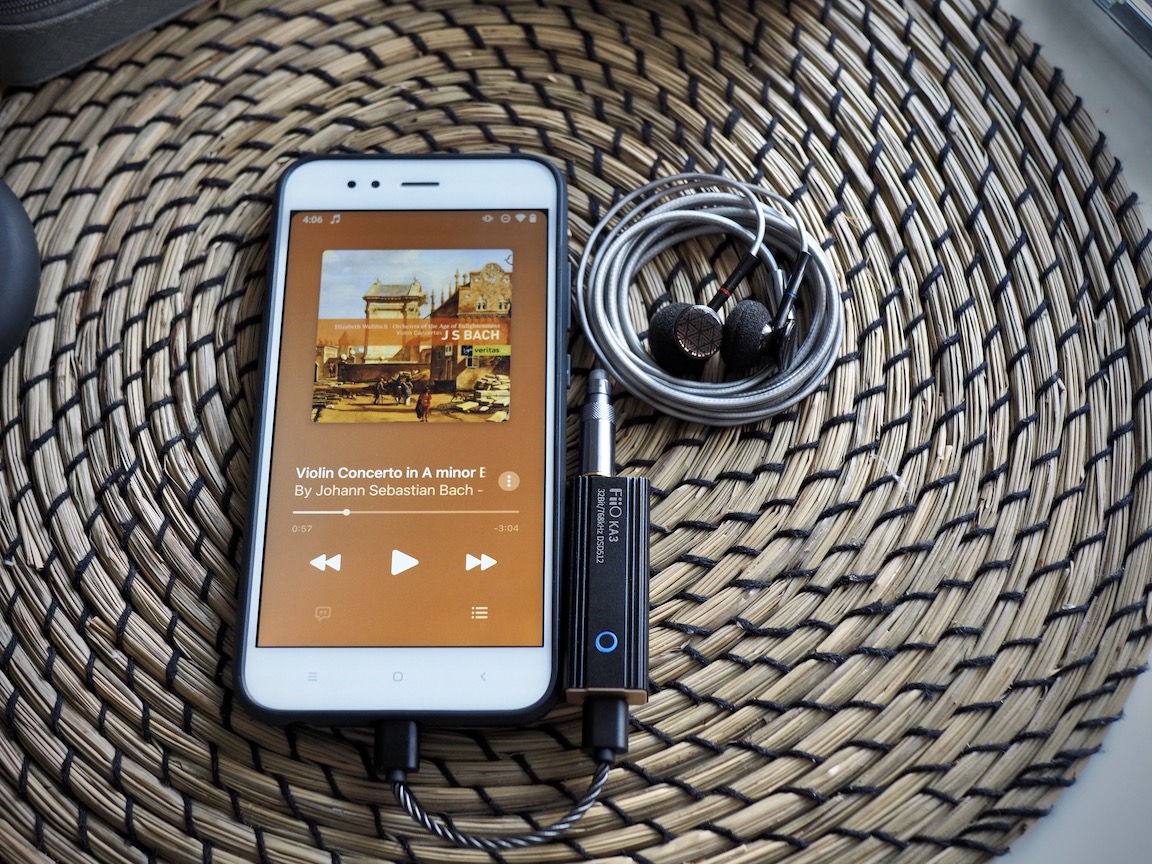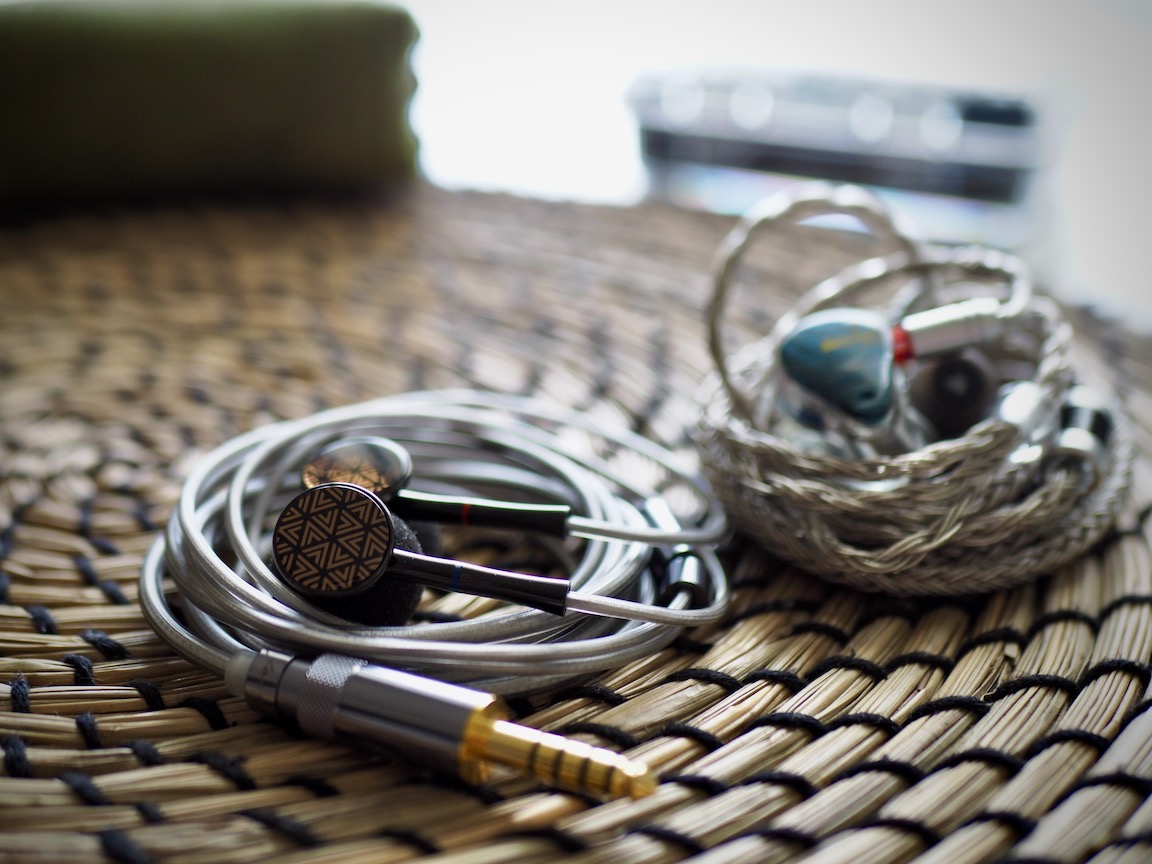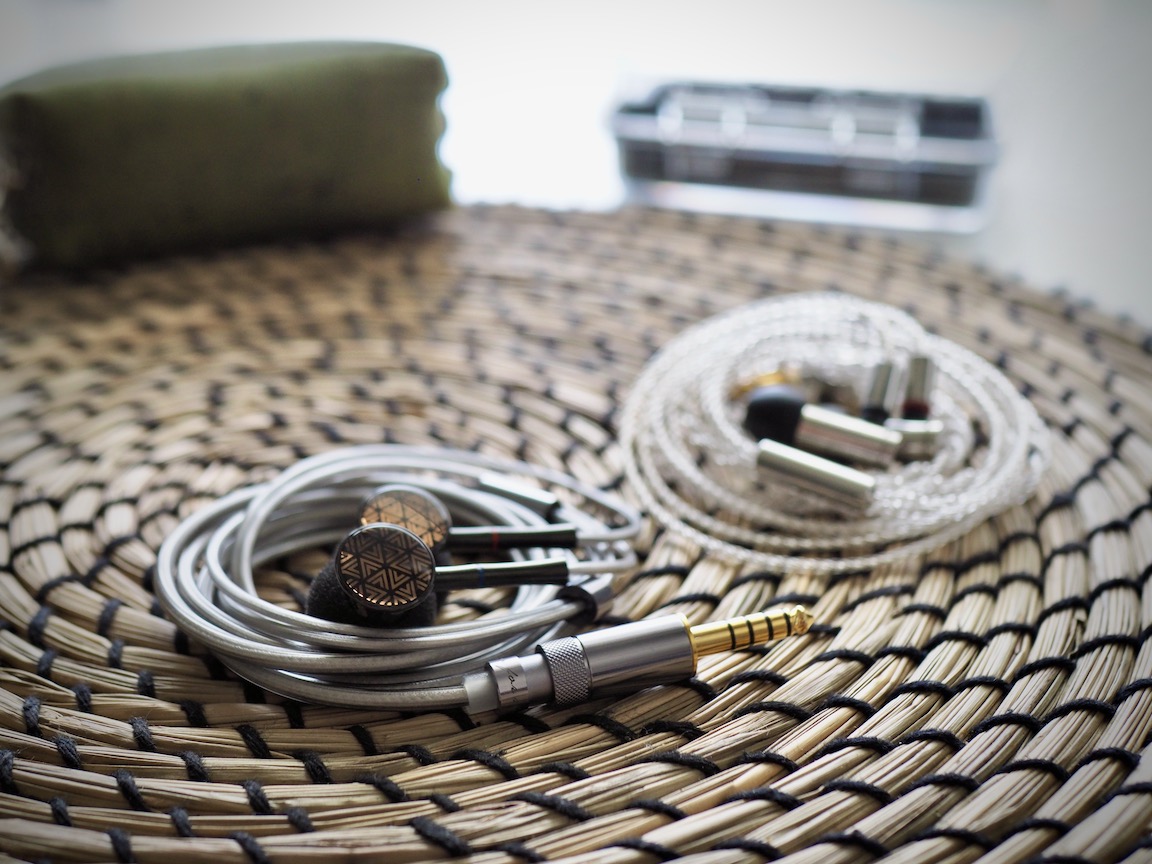Fiio FF3 - Headphone in your pocket
Once in a while, you come across a piece of equipment that completely shifts your perspective.
My first shift was when I listened to Fiio FD5 for the first time and realised that “high-end” IEMs make a lot of sense. That’s when I decided to write head-fi reviews and name my blog “In-ear Gems”.
My second shift was when I sat down for my first “critical listening session” with FF3 - the latest flat-head earbuds from the venerable ChiFi manufacturer Fiio.
tl;dr: put aside your precognition that flat-head earbuds are no-bass-no-treble-muddy-mess. FF3 is not your usual dirty buds. Warm and natural voicing. Texture and tactile bass. Vast and deep soundstage that shames most IEMs. You should have a pair of FF3 in your collection.
Forewords
- I purchase this unit on my own. I have no affiliation with or financial interest in Fiio
- I rate IEMs by A/B testing them against a few benchmark IEMs, regardless of price point. If a $1000 IEM scores the same as a $100 IEM, then either the more expensive one underperforms, or the budget one is a gem.
- I believe that great IEMs are the ones that can achieve multiple difficult things simultaneously: (1) high resolution (meaning lines of music are crisp, clear, easy to follow and full of texture), (2) 3D soundstage with a strong sense of depth, (3) bold and natural bass with a physical rumble, (4) natural timbre, (5) relaxing and comfortable tonality. IEMs achieving those criteria are rated highly in my ranking list
- I use frequency response measurements to double-check my subjective impressions.
- Ranking list and measurement database can be found on my IEM review blog.
Non-sound Aspects
FF3 stands for “Fiio Flat-head 3”, which is supposed to be a lower model of Fiio’s FF product line. The FF line is an update of the previous EM line, including the strange-looking flagship EM5.
FF3 is even stranger than EM5 due to the bass cavity structures at the back that look like a drum. These drum structures sit behind the 14.2mm drivers, each of which features a Beryllium-plated dome and PU gasket. The earpieces are made of a shiny and heavy metallic material that looks and feels identical to the one used by Fiio FD5, FD7, and FA7s. Similarly to the recently released FA7s, you can choose between two colour schemes when buying FF3.
The cable of FF3 is not replaceable. Luckily, the cable is terminated with the interchangeable-plug system you can find on most modern Fiio IEMs. You are given a 3.5mm and a 4.4mm plug out of the box. Unfortunate for folks using BTR5 (me), the 2.5mm plug is not included. The cable itself is not microphonic and does not kink easily. However, it is very stiff.
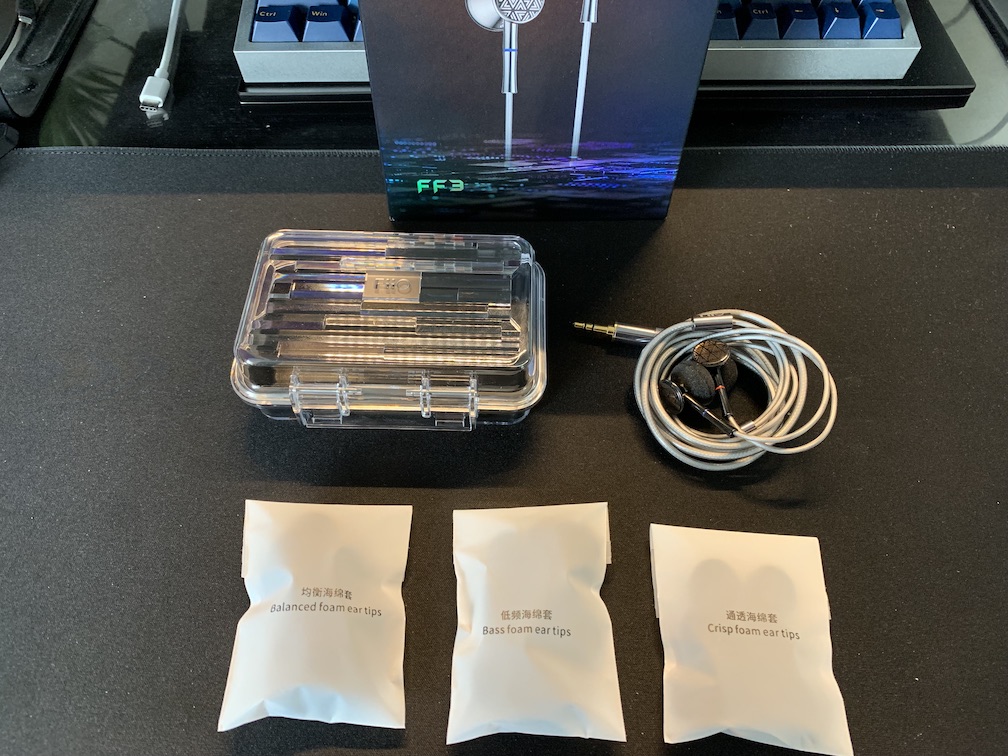
Accessories accompanying FF3 are generous and practical. You have the usual Fiio Pelikan case, the interchangeable plugs, and three kinds of foams: balanced, bass, and treble (crisp). If you are unfamiliar with “audiophile” earbuds, it’s helpful to think of these foams as ear tips. However, these foams influence the tuning way more than ear tips, so you should keep these foams somewhere safe for future uses.
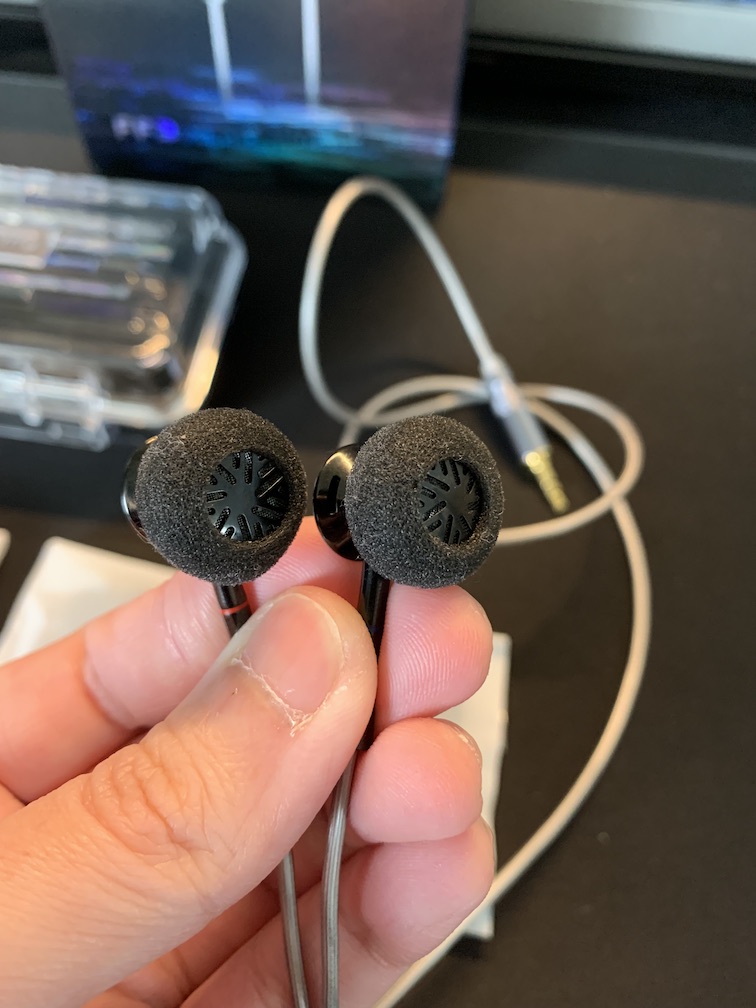
How it sounds
Listening tests were done with the following source chains:
- iPhone (Apple Music, Hiby App, YouTube) > Apple Lightning to 3.5mm dongle > FF3
- (For A/B test) Android Phone / iPad Pro (Apple Music, Hiby App, YouTube) > KA3 (4.4mm) > FF3
- Android Phone / iPad Pro (Apple Music, Hiby App, YouTube) > Creative X1 > FF3
- Hidizs AP80 Pro-X > FF3
Local FLAC files ripped from CDs or bought from Qobuz were used for most casual listening and A/B tests.
Tonality and Timbre: 4/5 - Good
Frequency response of Fiio FF3. Measurements were done with an IEC-711-compliant coupler and might only be compared with other measurements from this same coupler. Due to the unique fit of earbuds, the FR of earbuds might not be comparable to IEMs. Visit my graph database for more comparisons.
Test tracks:
- Delibes: Lakmé - Duo des fleurs (Flower Duet), Sabine Devieilhe & Marianne Crebassa: how natural are the vocals?
- J.S. Bach: Goldberg Variations, BWV 988 - Variatio 15 Canone Alla Quinta. a 1 Clav. Andante: how natural is the piano? How is the balance between various voices in the canon? Can you hear the subtle variation in dynamic (loudness) from soft to very soft throughout the variation?
- MS Gundam Build Fighters (OST): do you hear any metallic tint in the high-pitched electronic instrument at the opening? Is there any harshness? Unusual tonality? This piece should be energetic but not harsh.
Big, bold, natural, immersive.
First, let’s talk about the least impressive part of FF3’s tuning: treble. It is well-controlled but not loud enough. Cymbal crashes do come across with nuances and details, and you would not hear splashiness or harshness with cymbals and hi-hats. However, the sound of cymbals and hi-hats tends to be drowned out by the kick drums and snares.
The treble air region (around 15kHz) is also nothing to write home about. It does not disappear entirely like some IEMs, but it is not loud enough to highlight micro-details, echos, and room reverbs.
The low end and midrange are the stars of the show. The bass of FF3, specifically the frequencies below 250Hz, is louder than the “neutral” baseline set by Moondrop Blessing 2, but not much more and certainly does not touch the level of bass-boosted IEMs.
Despite not being loud, FF3’s bass has fantastic quality, making it very addictive. Let me explain.
Many bass-boosted IEMs fill your music with loud “boom boom” sounds. However, with few exceptions, these “boom boom” sounds tend to be mushy due to lacking texture and details. A fellow reviewer describes this type of bass as “pillowy” or “hitting a pillow”.
FF3 does bass differently. When you listen to the Prelude of Bach Cello Suite 1 with FF3, you will hear the “brrrrmm” rather than the low-pitched, slightly mushy “ummmm” sound that most IEMs produce.
FF3 also produces a lot of tactility in the music. When the string section of an orchestra plays string pluckings, you will feel tactile snaps in your ears. This tactility also extends to bass guitars and drums. The only weakness in the bass performance of FF3 is the rolled-off sub-bass, which makes certain types of music less powerful (think of Billie Eilish’s Bad Guy).
The midrange of FF3 is natural and realistic with a touch of warmth. I have never heard any boxiness, honkiness, or other forms of weirdness that spoil the tonality of vocals and instruments. Despite the lifted bass, thanks to the properly tuned ear-gain region, there is no vocal recess.
The most surprising thing about the midrange of FF3 to me is that it sounds pretty close to Blessing 2, with just an extra touch of warmth. For instance, when I swapped between FF3 and Blessing 2 during the Flower Duet, I did not need any adjustment period because everything sounded nearly identical, even down to the placement of vocals on the soundstage. However, FF3’s soundstage is noticeably deeper and more open than Blessing 2.
Another advantage of FF3 is dynamic contrast, both micro- and macro-dynamic. By micro-dynamic, I talk about the sudden shift in loudness, such as when a beater hits a bass drum. By macro-dynamic, I talk about the change of the overall loudness level of a whole musical phrase or passage.
For instance, in variation 15 of Goldberg Variations, Lang Lang shows excellent control over macro-dynamics, going from soft to very soft before returning to bombastic in the next variation. Some IEMs compress the dynamic variation, making most phrases either loud or quiet with little gradation. Not with FF3. These earbuds have the most impressive reproduction of dynamic variations I have heard for a while, making Goldberg Variations a treat.
I am a sucker for unusual tuning that works. With the extra warmth, FF3 is undoubtedly not a target hitter. However, its tuning works brilliantly across multiple genres. Therefore, I rate FF3’s tonality 4/5 - Good.
Resolution, Detail, Separation: 4/5 - Good
Test tracks:
- Sky Pubs - Now You believe in You: testing the detail of the background elements and the treble extension/air. How clear can you follow the choral section in the background before 0:50? How crisp and texture are the claps?
- Ed Sheeran: Tiny Desk (Home) Concert: visiting hours (from 14:20) is a good test for detail retrieval. How clear and distinct can you hear the chimes at the beginning? Can you hear individual chimes or just a blob of high-pitched sound? How clear can you hear the backing vocal at the far sides of the soundstage?
- Vivaldi: Violin Concerto No. 2 in G Minor, RV 315 “L’estate” - III. Presto: testing resolution in complex and dense music. How easy is it to hear individual instruments? Can you hear nuances and textures in each instrument, like bow catching on the strings? Can you hear the cello on the right? Can you feel the rumble of the lower strings of the cello?
From the first phrase of Presto, the third movement of Vivaldi’s Summer violin concerto, it is evident that Fiio FF3 outclasses Moondrop Aria - the standard of decent resolution. Everything is just crisper, more separated, and more textured on FF3. The cello on the right of the stage is particularly addictive due to the extra level of detail that FF3 digs out.
Even when I boost the volume of Aria to mitigate the “louder is better” problem, Aria still cannot separate all instruments cleanly nor reveal nuances like FF3. Aria just gets louder and harsher without “revealing” anything extra.
Can FF3 out-resolve Blessing 2, the gold standard of “good resolution”? Not completely. FF3 and Blessing 2 render most string instruments with a great degree of clarity and separation. I would say FF3’s cello sound beats Blessing 2’s cello, but that’s not unexpected, given that Blessing 2’s dynamic driver is infamous for its deep but pillowy bass.
The scale tips toward Blessing 2 with Ed Sheeran’s Tiny Desk (Home) Concert. The BA drivers for midrange and treble of Blessing 2 reveal crisper and clearer chimes and backing vocals in the Visiting Hours (from 14:30 of the video). The bass texture and the comfortable tuning of FF3 might produce a more cosy listening experience. Still, for the midrange and treble resolution, I have to give it to Blessing 2 this round.
The comparison of FF3 and Andromeda 2020, my standard of “TOTL resolution”, highly resembles the FF3 vs Blessing 2 round. FF3 beats Andromeda in bass resolution but cannot match the midrange and treble resolution of the green goblin.
Based on the comparisons, I give FF3’s resolution 4/5 - Good. It has an excellent bass resolution, above-average midrange and meh treble. The large and deep soundstage can somewhat compensate for the weaker midrange and treble resolution.
Percussion Rendering: 4.5/5 - Very Good
Percussion rendering reflects how well the tuning and technical performance of an IEM work together to recreate realistic sound of a drum set. Good drum hits have a crisp attack (controlled by frequencies from 4kHz to 6kHz), full body (midbass frequencies around 200Hz), and physical sensation (sub-bass frequencies around 50Hz). Good technical performance (“fast” driver) ensures that bass notes can be loud yet detailed. IEMs that cannot control bass very well tend to reduce the bass’ loudness to prevent muddiness.
Test tracks:
- Finale (William Tell Overture): How rhythmic does the whole orchestra sound? Can you follow the drums clearly? How about the rhythm carried by the string and brass section? Can you hear texture and detail in the drum or just mushy thump thump sounds?
- Proof of a Hero - Rise Version: This track tests only one thing: can the battle drums hype you up to pick up your longsword and chase some wyverns?
Reviewing the percussion rendering of FF3 is easy. 4.5/5 - Very Good. Drums sound crisp, intense, and textured. This kind of percussion rendering makes you want to move and gets you addicted to listening to drum covers.
The only weakness is the rendering of deep bass. If your music relies solely on deep sub-bass rumbles, then you need IEMs rather than a pair of earbuds.
Stereo Imaging (Soundstage): 4.5/5 - Very Good
Stereo imaging or “soundstage” is a psychoacoustic illusion that different recording elements appear at various locations inside and around your head. Your brain creates based on the cues such as the loudness and phase differences between the left and right channels. Most IEMs do not differ significantly, nor can they compete with headphones or loudspeakers. However, some IEMs offer a more spacious soundstage than others. Best IEMs can create multiple layers of sound from closer to further away and make some instruments float slight above your head.

Test tracks:
- We are the world(3:00 onward): This song shows some excellent stereo imaging. Can you hear the soloist upfront whilst the choir is pushed further away to the background? Can you hear one choir to the left and further to the back whilst the other is to the right and a bit closer to you?
- Eine Kleine Nachtmusik - I. Allegro: Listen for the precise direction of each instrument in the string quartet throughout the piece. You should also be able to hear the cello located closer than the violin 1.
- I vow to thee, my country: This song is an excellent test for layering. Can you hear the boy choir standing in front of the men’s choir, or are they on the same flat plane?
The flat-head form factor of FF3 gives it a considerable advantage in terms of soundstage size over IEMs. The width of the FF3 soundstage easily matches my closed-back headphone (Beyerdynamic COP+). The depth, which means how far the soundstage can extend in front of you, outperforms my closed-back and open-back headphones (HD560s).
FPS gaming with FF3 is a treat. In CSGO, not only can I pinpoint the direction of gunshots, I can even estimate their distance. It’s not that I can translate these abilities into and competitive advantage, though.
The weakness in resolution stops FF3 from having a perfect score in the soundstage criterion. Because FF3 lacks the tack-sharp rendering of something like Andromeda, it sometimes fails to convey a strong illusion of layering of instruments from closer to further away. FF3 also lacks the necessary treble to create the illusion of instruments floating above your head.
Based on the analysis, I rate 4.5/5 - Very Good.
Conclusion
In the head-fi journey, you sometimes come across a piece of gear that shakes your dogma. Fiio FF3 shows me that it is possible to get excellent sound with a large soundstage and impactful and textured bass without spending a fortune on TOTL IEMs.
Would flat-head earbuds replace IEMs for me? No, because flat-head is ultimately an illogical form factor, being portable gear but does not have the necessary fit and isolation for mobile uses. However, FF3 and other earbuds are my preferred options when I don’t need isolation. Due to the outstanding sound quality and price/performance ratio, Fiio FF3 receives the first-ever IEGems seal-of-approval and recommendation without reservation from this reviewer.



